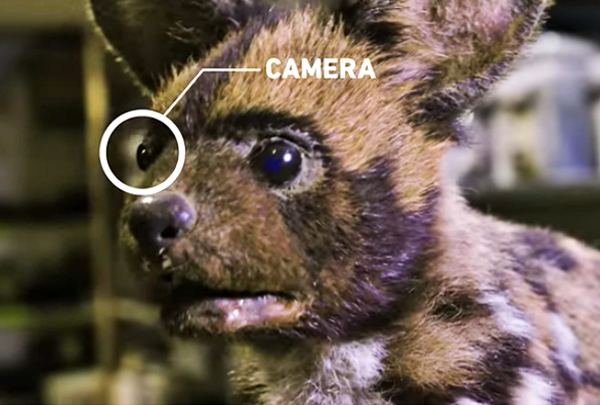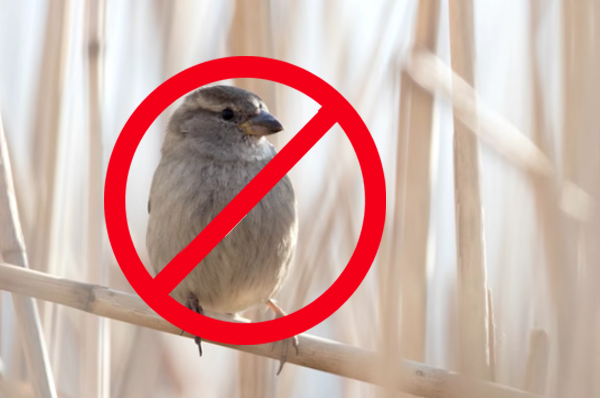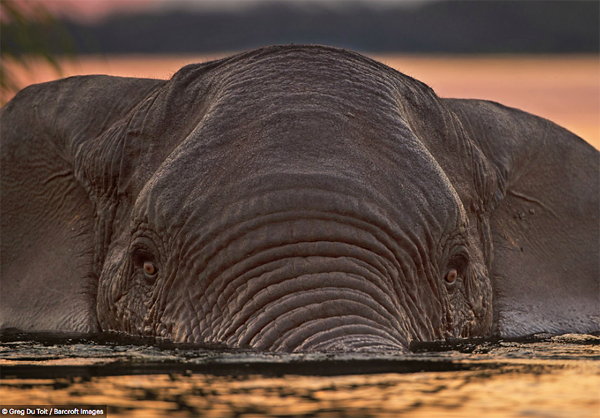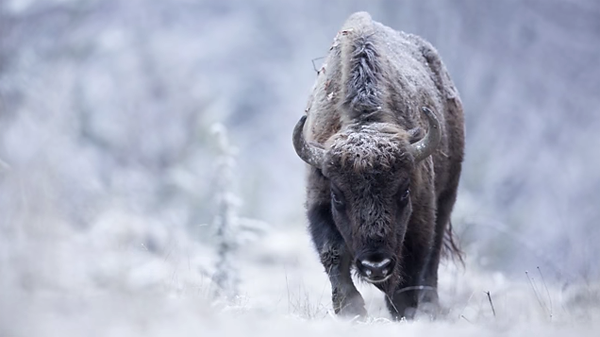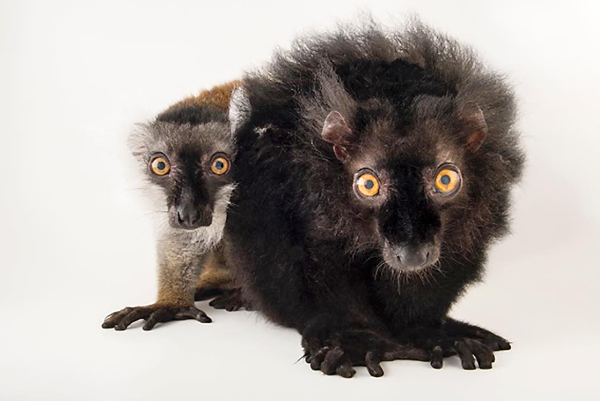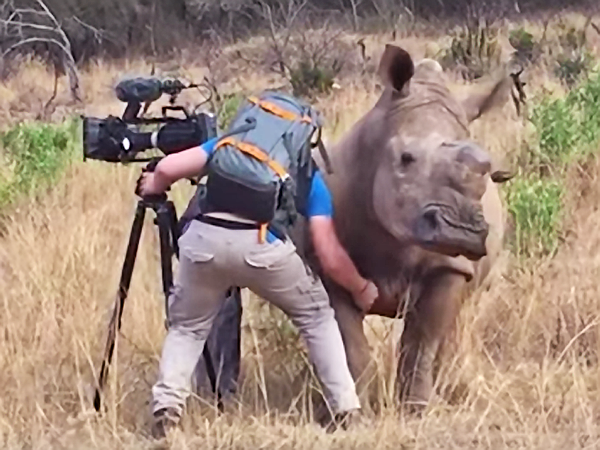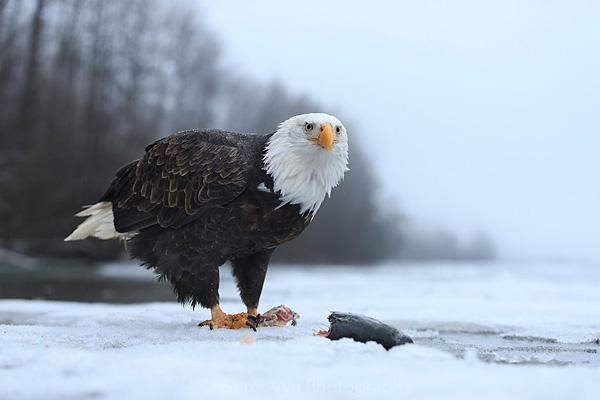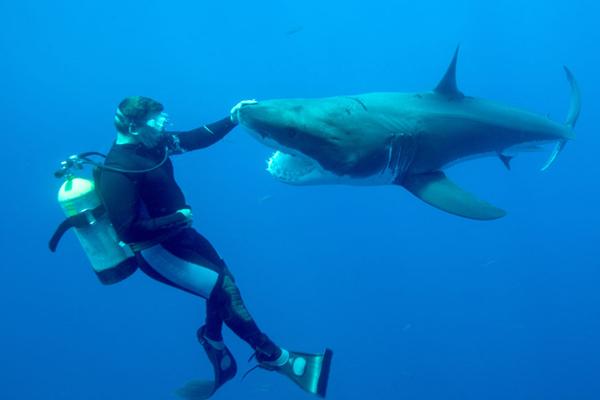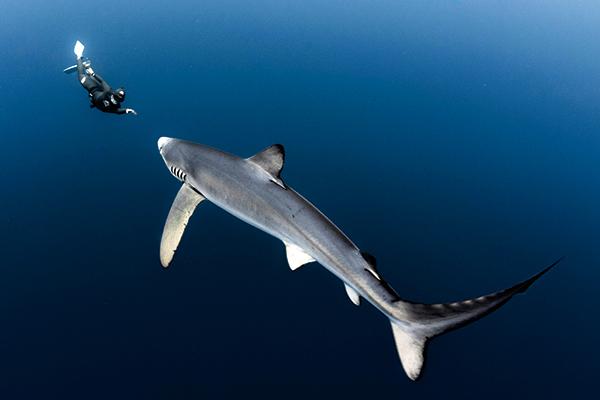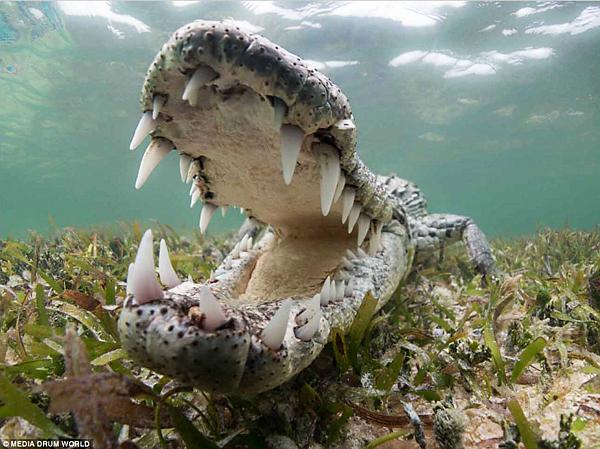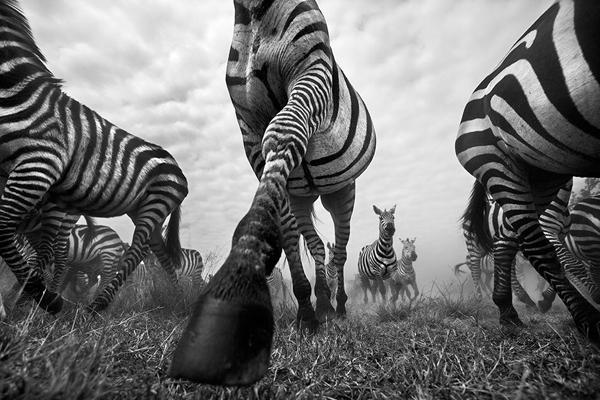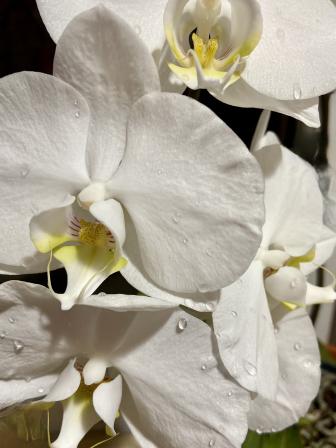|
Jul 17, 2017 |
|
May 09, 2017 |
|
May 05, 2017 |
|
Apr 10, 2017 |
|
Mar 31, 2017 |
|
Mar 15, 2017 |
|
Mar 13, 2017 |
|
Mar 02, 2017 |
|
Feb 17, 2017 |
|
Feb 14, 2017 |
|
Feb 10, 2017 |
|
Feb 06, 2017 |
|
Feb 03, 2017 |
|
Jan 20, 2017 |

